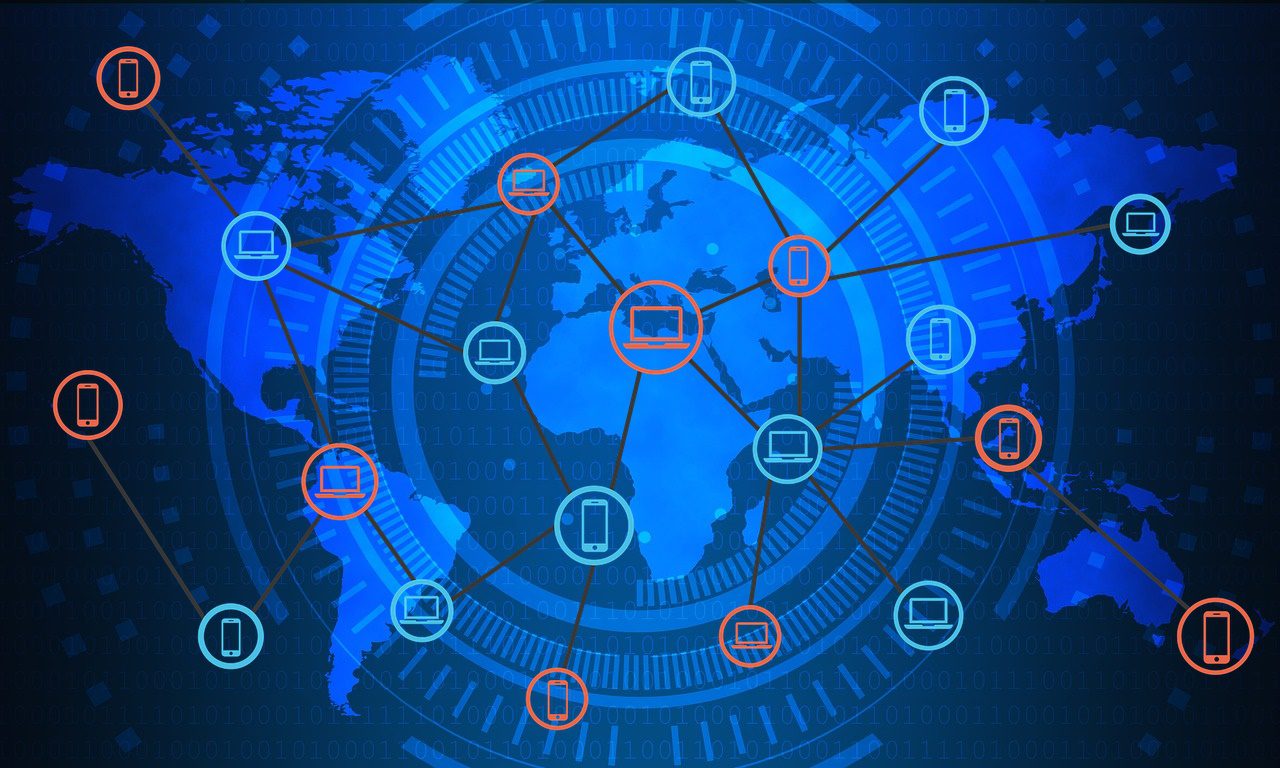My parents are back home. My wife is back home. My grandmother is back home. My son is back home. Speak with almost any immigrant, and you’ll find that nearly all are sending money to their families in their home country. Often moving for the hopes of a better life,...
The International Day of Family Remittances
Continue Reading










